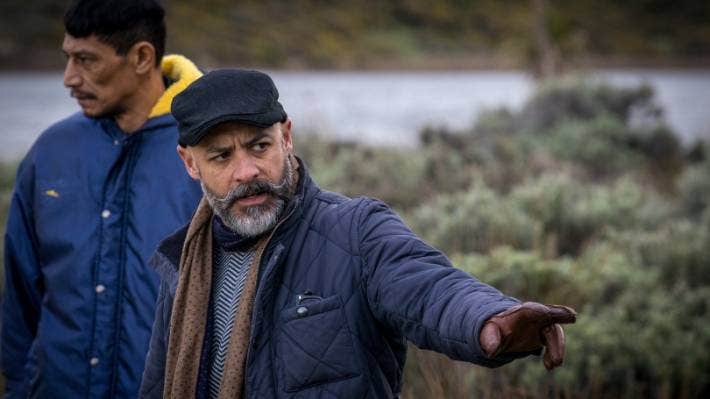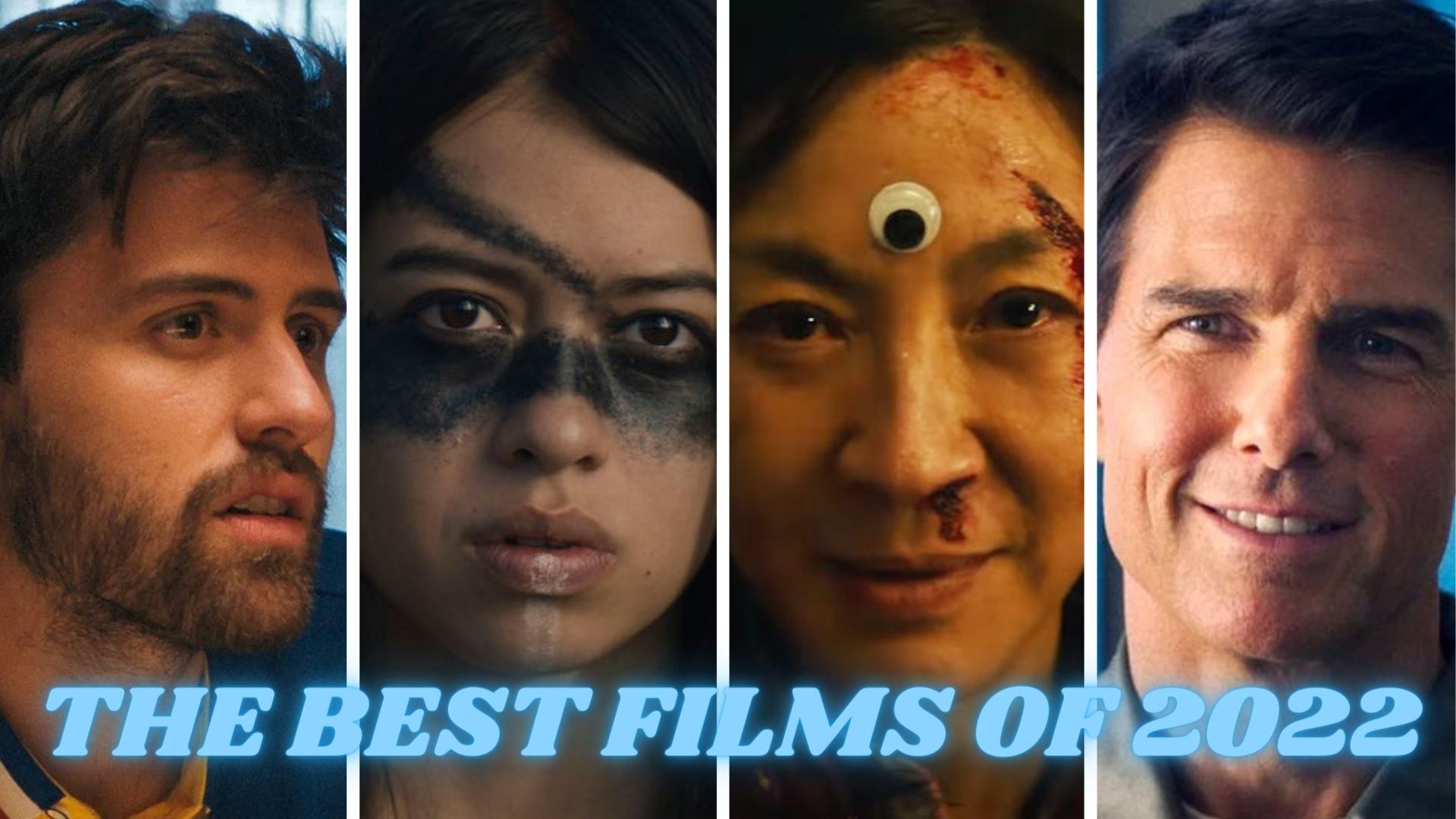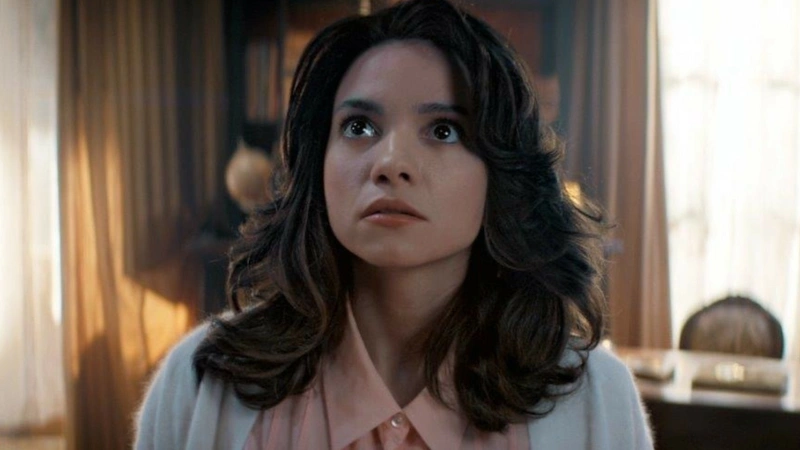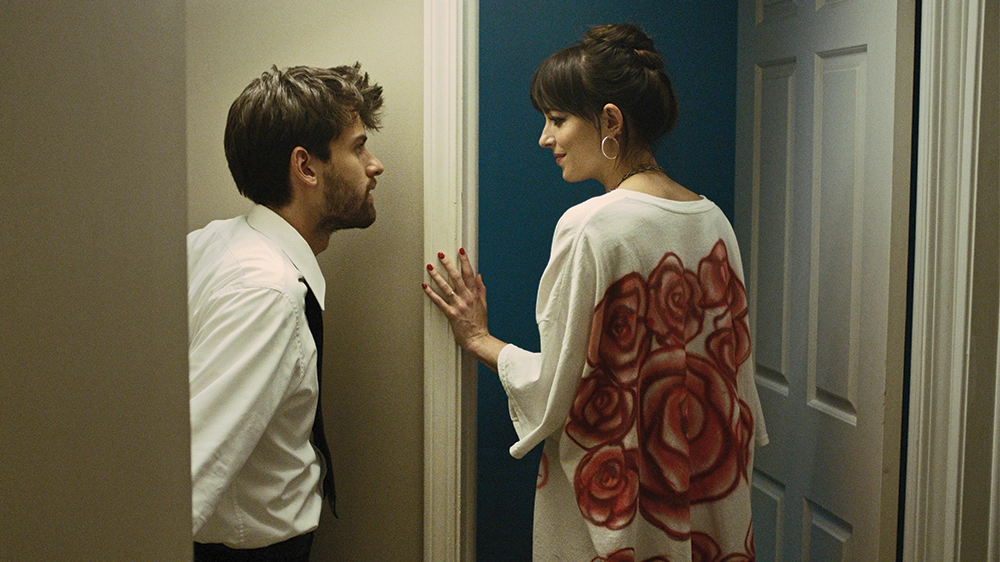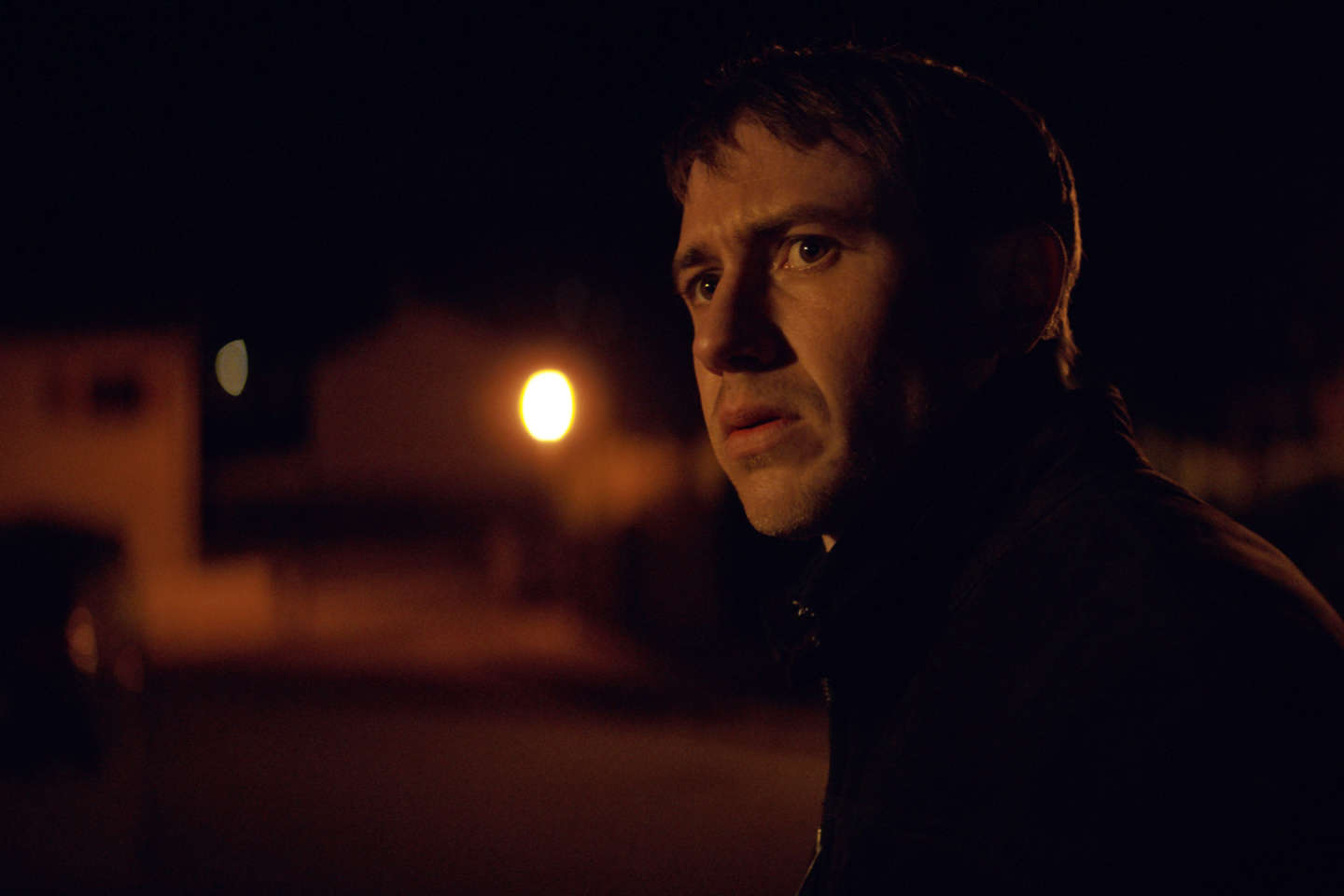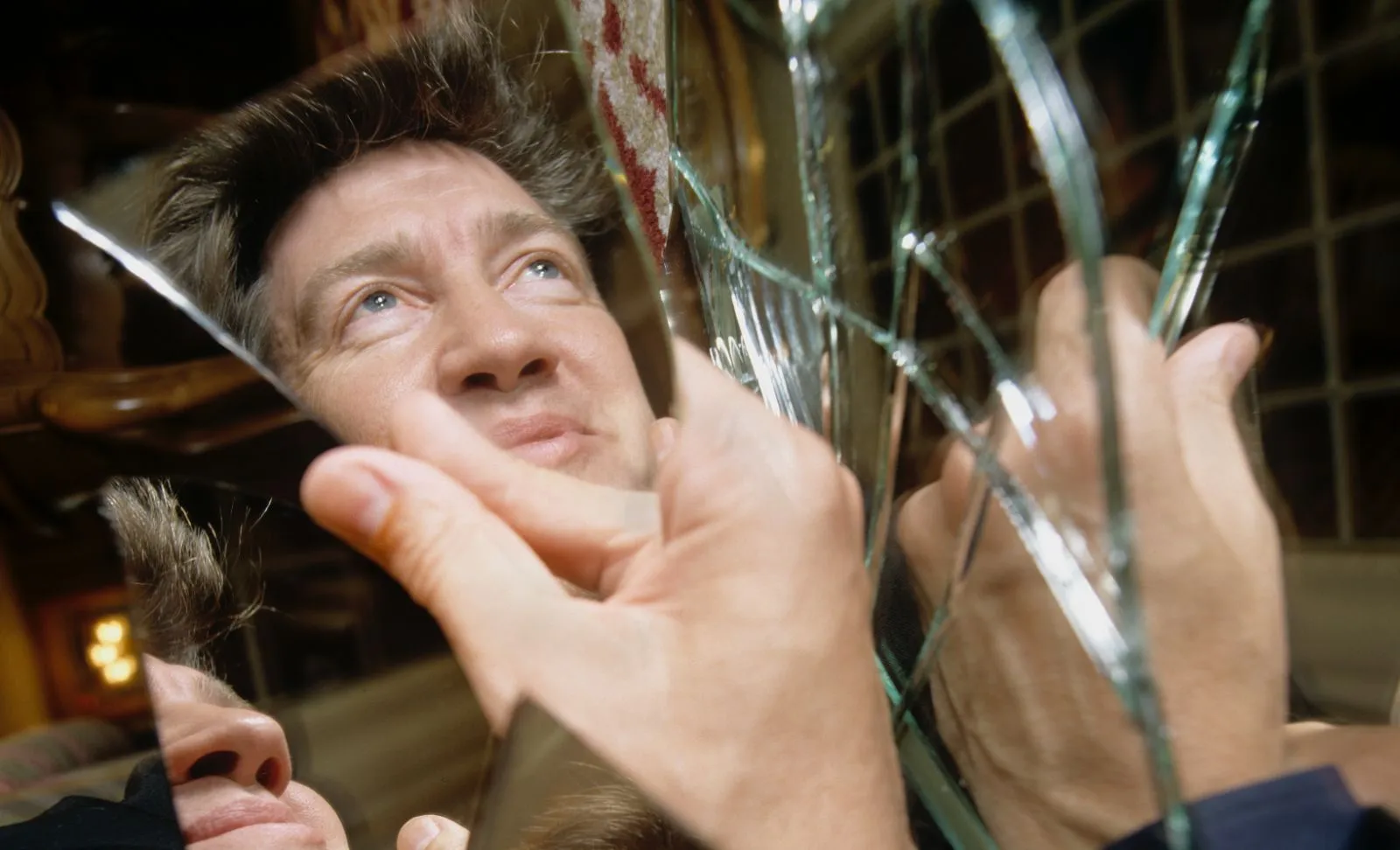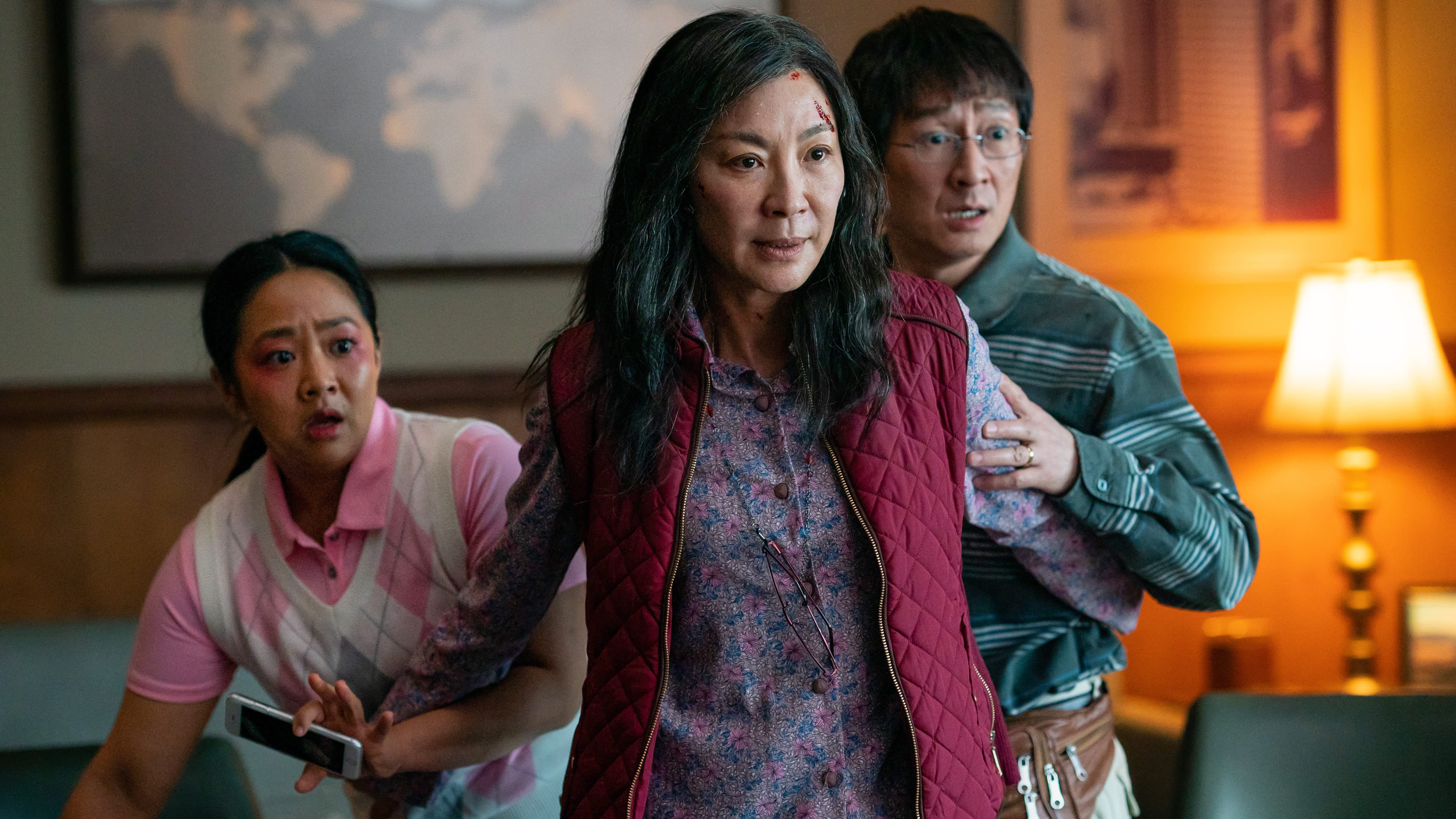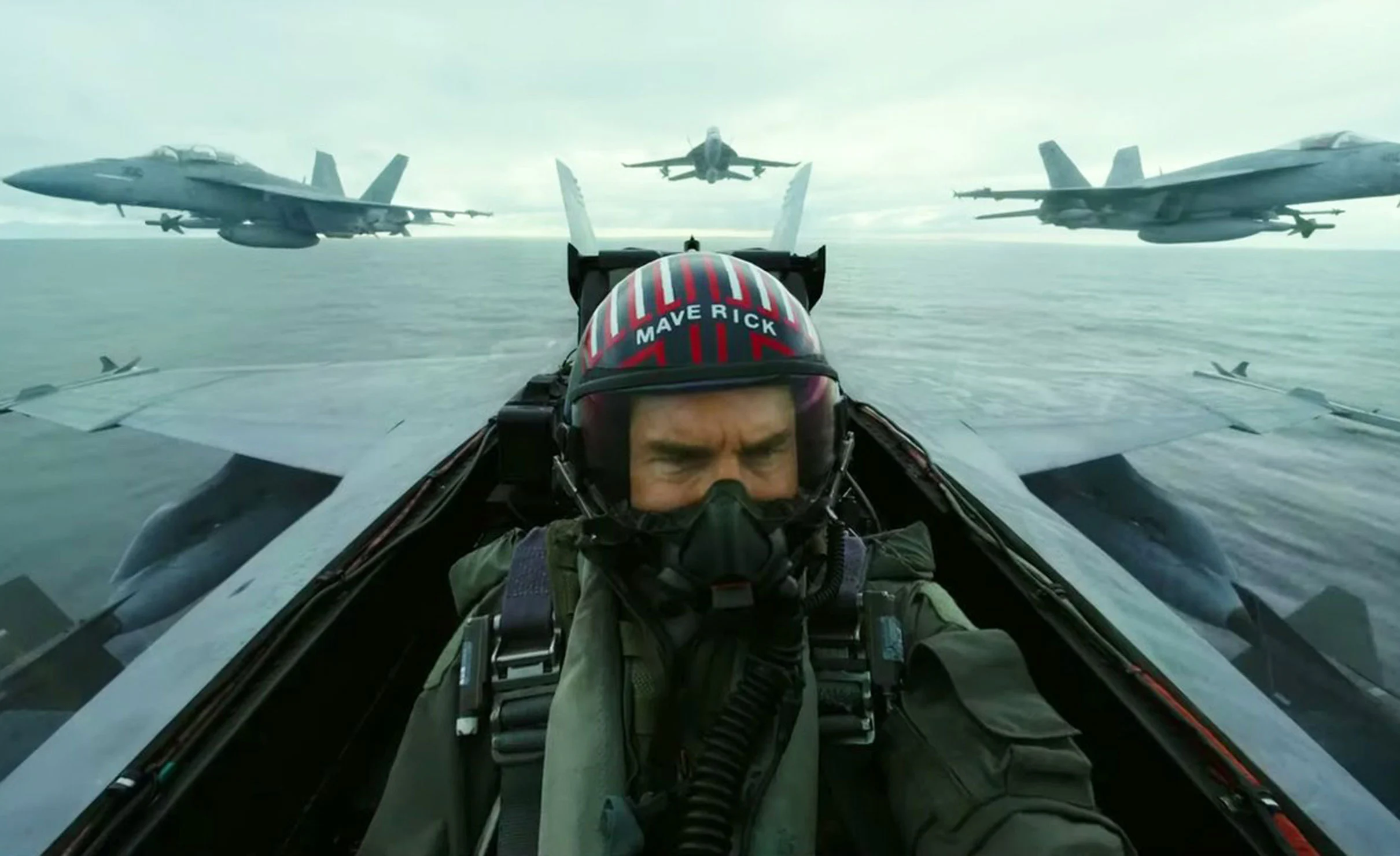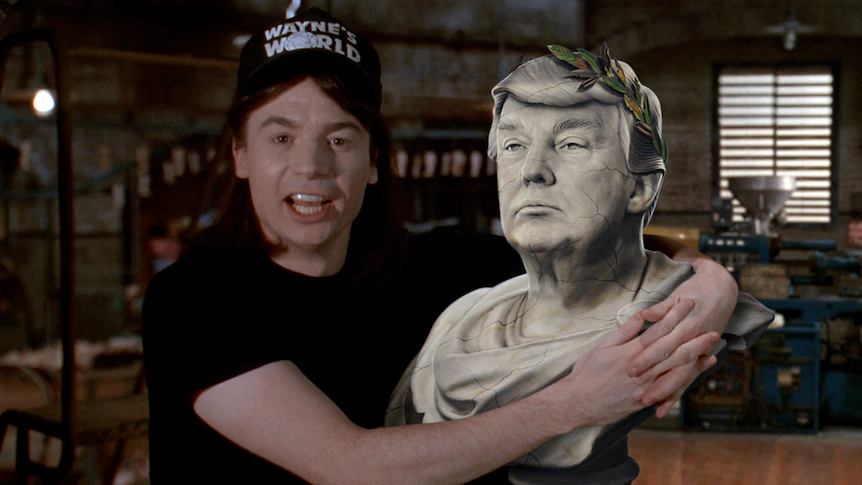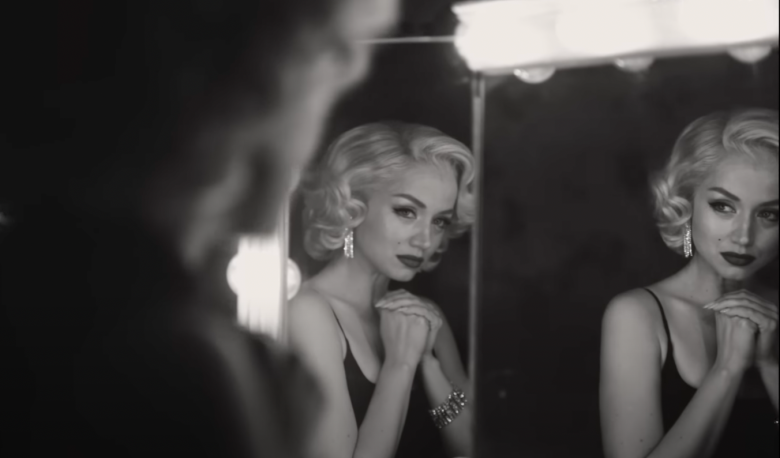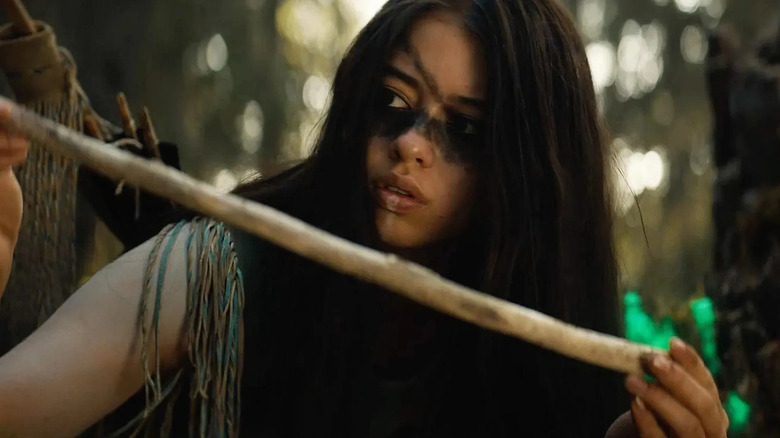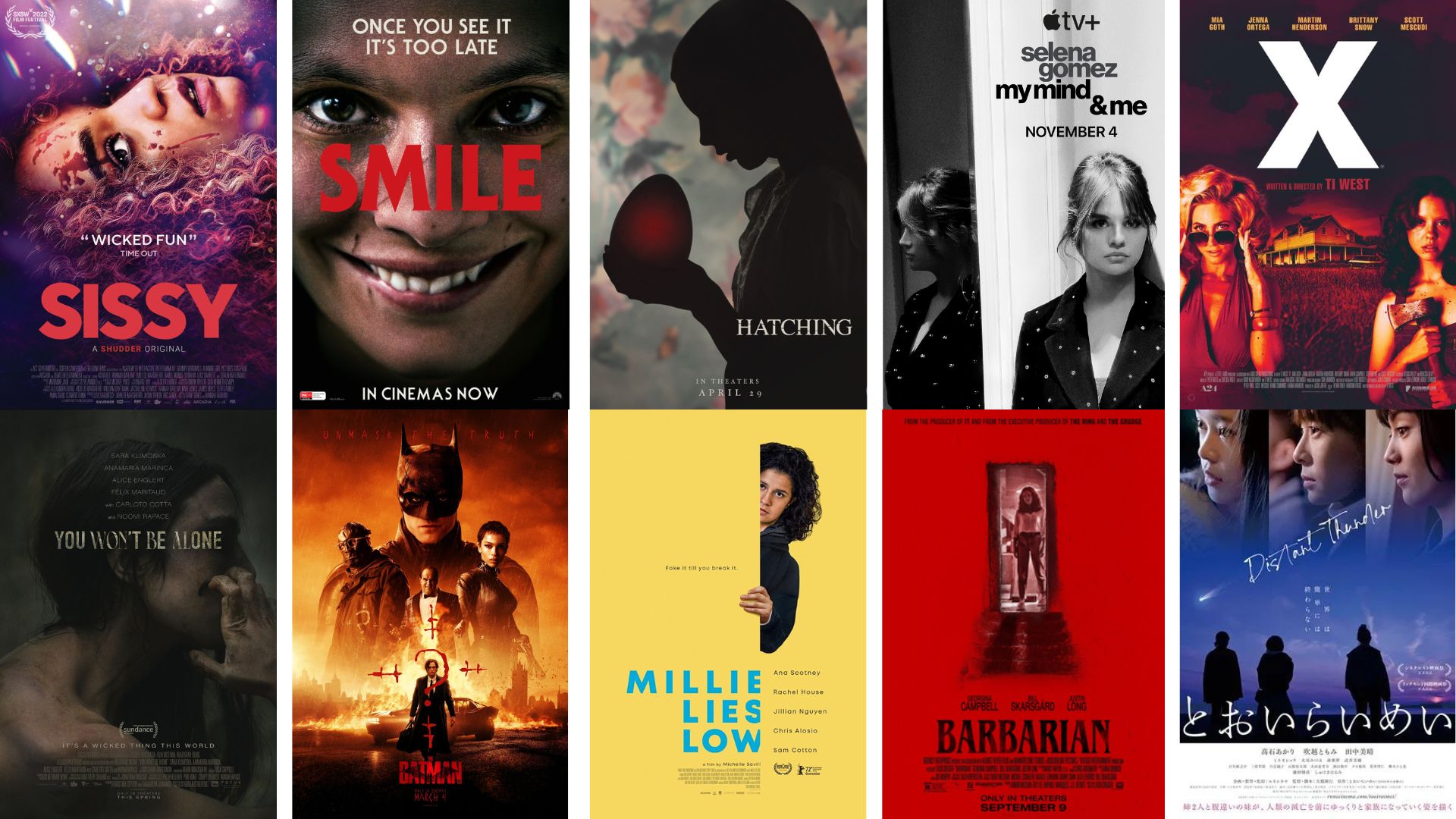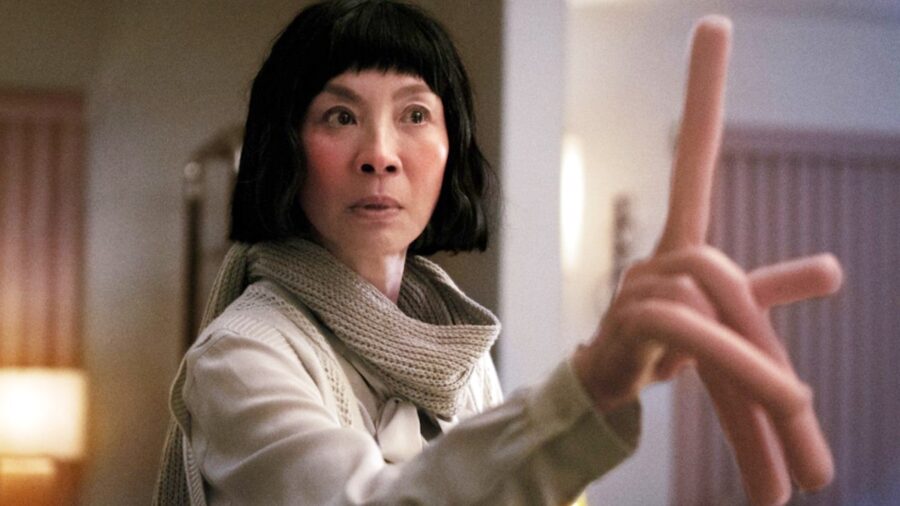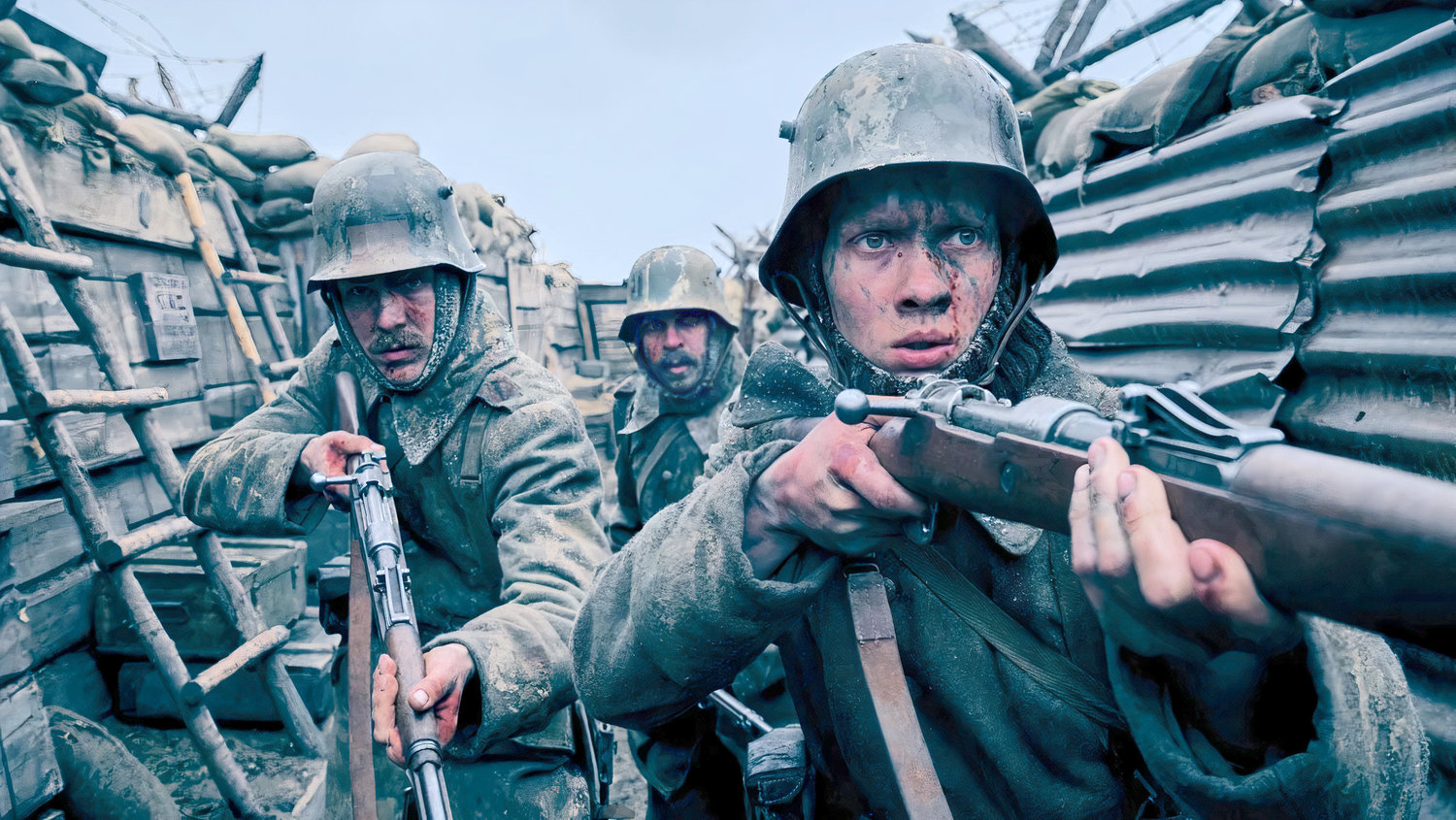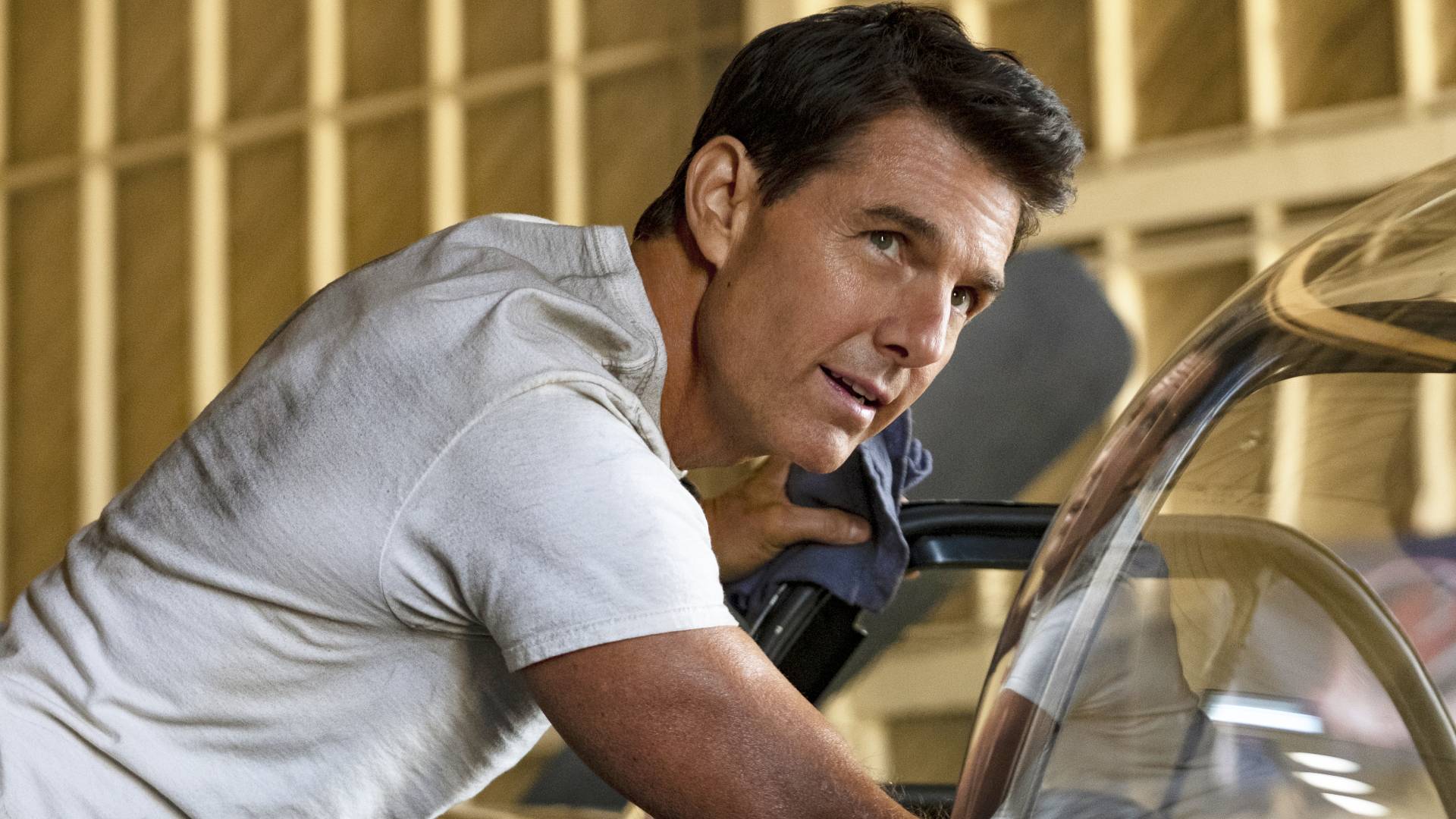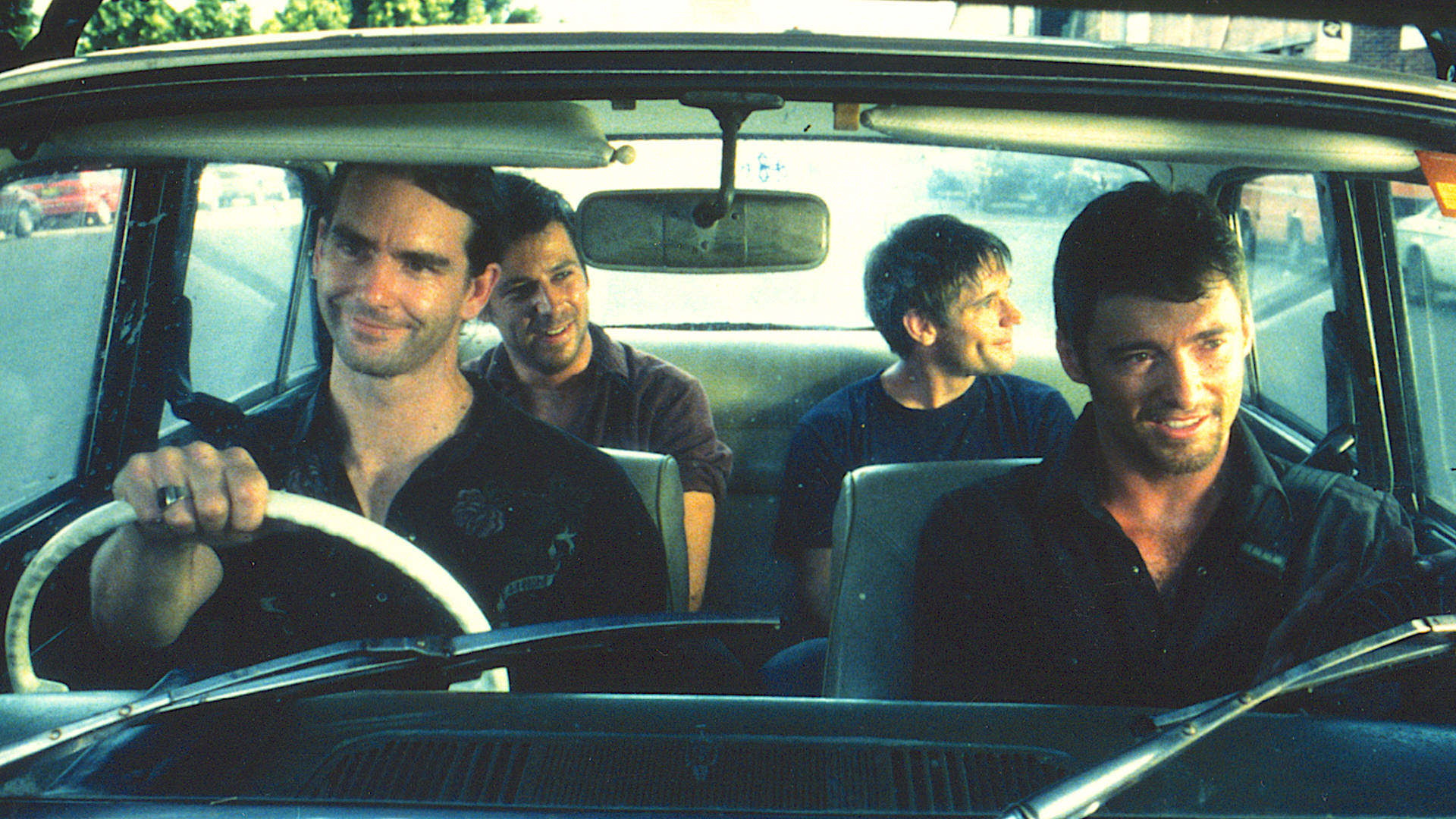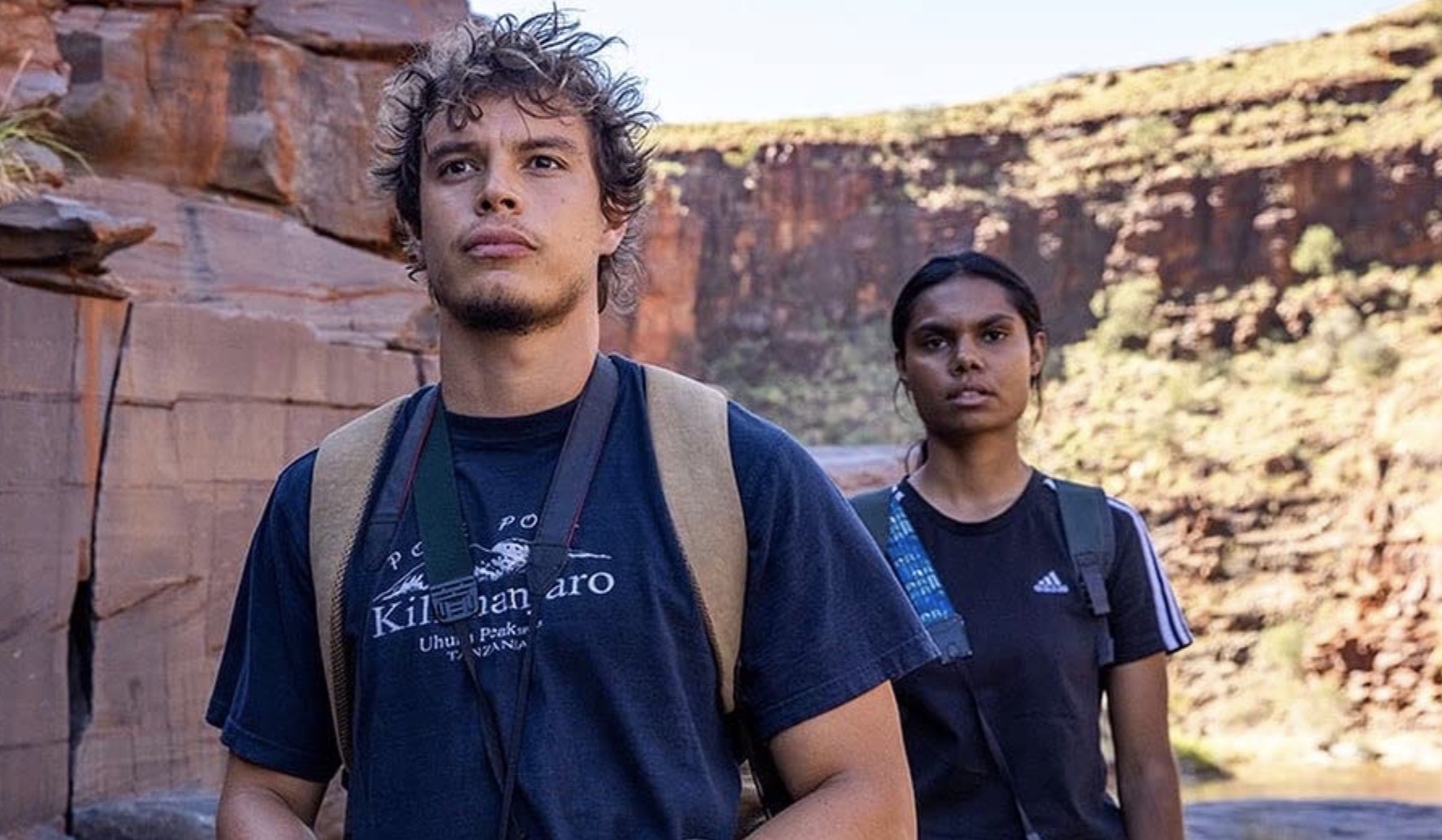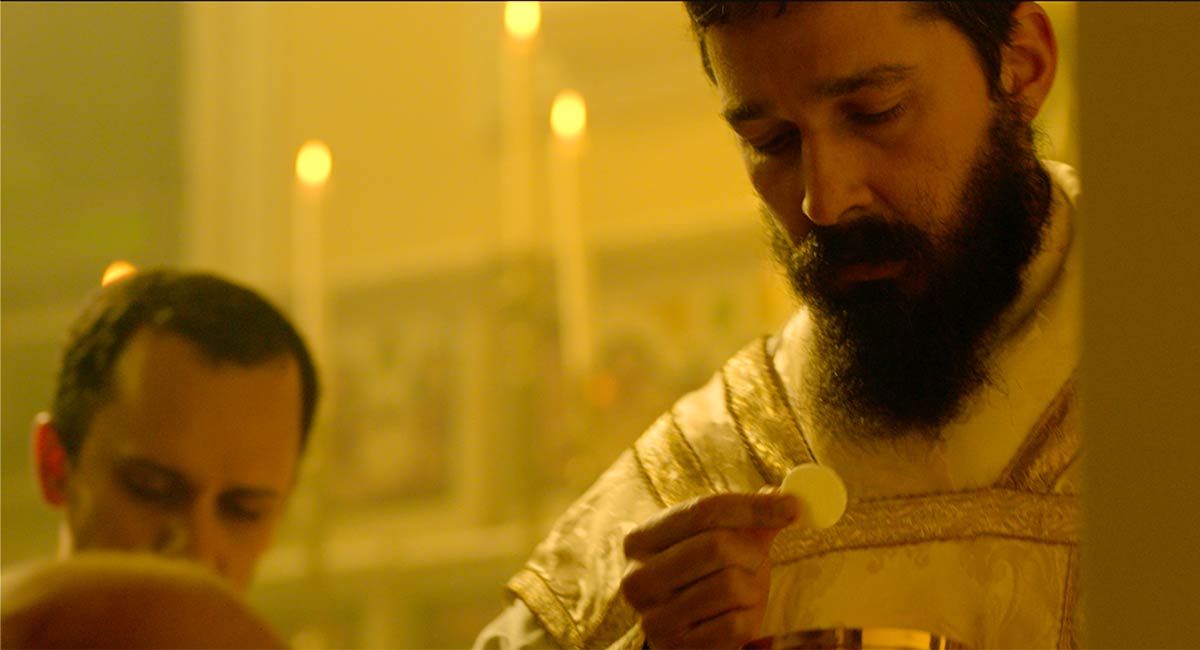Guest columnist Anthea van den Bergh is a 'multi-platform journalist', a Melbourne-based freelance voice with a Masters degree in Journalism from the University of Melbourne. In late 2020, she approached several voices in the speculative cinema community (including Screen-Space editor and Festival Director of the Sydney Science Fiction Film Festival, Simon Foster) to comment on the role that science-fiction narratives might play in a world recovering from the unimaginable. The resulting article makes for a truly compelling appreciation of the role that scifi might play as society moves forward....
![]()
Hands, touching, doors, handles, cups, coughing – the opening scenes of the 2011 film Contagion leave anyone watching it now in 2020 with a visceral, sick feeling of familiarity.
That feeling increases as we see the empty gyms, airports, offices, the familiar “social distancing”, hand washing, “stop touching your face, Dave”, stockpiling, hysteria over drugs and cures, the rampant conspiracy mill on blogs and social media. Oh boy.
In the first two weeks of March 2020, as the Coronavirus was just declared a global pandemic by the World Health Organisation, one of the most streamed films in the world was Contagion, a science fiction plague film where 26 million people die.
![]() Writers jumped at the opportunity to unpack this phenomenon. Reacting to this in a stunning display of deadpan, Nicole Sperling wrote in The New York Times, “One of the hottest movies in the Warner Bros. library is a nine-year-old drama that kills off Gwyneth Paltrow in its first 15 minutes.”
Writers jumped at the opportunity to unpack this phenomenon. Reacting to this in a stunning display of deadpan, Nicole Sperling wrote in The New York Times, “One of the hottest movies in the Warner Bros. library is a nine-year-old drama that kills off Gwyneth Paltrow in its first 15 minutes.”
The film seemed skin crawlingly prophetic in light of the emerging Covid crisis, but perhaps we didn’t realise just how razer-close to reality it, and the world of science fiction, would be at the time.
Now, nearly one and a half million people have died worldwide with no country besides small islands and Antarctica remaining untouched. Two promising vaccines have recently surfaced in the global vaccine race (predicated by Russia’s Covid vaccine “Sputnik”, right out of the Cold War), Trumpian anti-maskers and Covid- deniers abound, and cases have been confirmed from the poor of Mumbai to prime ministers and presidents.
![]() “Science fiction makes the improbable, possible. As opposed to fantasy which makes the impossible, possible,” says Luke Devenish (pictured, left), a professional screenwriter and lecturer on genre screenwriting at the Victorian College of the Arts at The University of Melbourne.
“Science fiction makes the improbable, possible. As opposed to fantasy which makes the impossible, possible,” says Luke Devenish (pictured, left), a professional screenwriter and lecturer on genre screenwriting at the Victorian College of the Arts at The University of Melbourne.
The similarities of the current times to Contagion are not a fluke, he says. The film’s screenwriter, Scott Z. Burns, consulted closely with epidemiologists to construct a highly plausible plague scenario.
As people flocked to watch Contagion, which very literally depicted the origin of viruses like Covid-19 due to wildlife disruption, the Coronavirus crisis was prompting us to ask: Is Scifi really that improbable anymore?
“I mean we are living in a dystopia right now,” says Devenish, “A dystopia is a society where something is fundamentally wrong with it.”
Science fiction, for better or for worse, does have a remarkable way of imagining where our world could be going.
Even things that cannot be real, like zombies or King Kong, are metaphors for phenomena that certainly could play out on Earth. For example, zombies are often a representation of plagues and disease – think Will Smith’s I am Legend.
While King Kong, and also Godzilla, represents a Scifi sub-genre called “Earth’s Revenge” where the Earth sends an agent to punish us, usually for our arrogance and destruction of the environment. Godzilla, for instance, is a metaphor for nuclear destruction after the bombing of Japan in World War II.
![]() From plagues to robots to intergalactic travel, science fiction can seem very “out-there” – until it isn’t. Nobody can deny that the Coronavirus is changing the world as we know it. So, could Scifi give us a few clues or even more than that?
From plagues to robots to intergalactic travel, science fiction can seem very “out-there” – until it isn’t. Nobody can deny that the Coronavirus is changing the world as we know it. So, could Scifi give us a few clues or even more than that?
When it comes to technology, science fiction has already proved able to predict new inventions. In fact, science fiction and real science has sometimes turned into a bit of a chicken-or-the-egg situation.
Scifi has naturally taken inspiration from the real world, but sometimes Scifi has actually preceded and prophesized real technologies.
The writer Jules Verne wrote that “Anything that one man can imagine, another man can make real.” And indeed, the idea for the helicopter is attributed by its inventor to Jules Vern who described it in his 1886 novel, The Clipper of the Clouds.
Similarly, something very closely resembling the flip phone (remember those?) appeared in the 1979 Star Trek movie which inspired Motorola’s 1996 model, named “StarTAC” after the film.
The concept of “cyberspace” and the world wide web was also imagined in William Gibson’s 1982 cyberpunk novel, Necromancer, which describes a “consensual hallucination operated daily by billions of legitimate operators, in every nation”.
When it comes to pushing forward human innovation in the real world, we all know that morbid truth that there’s nothing like war to make it happen.
![]() Besides the obvious case of nuclear power, World War II initiated huge leaps in technology that we now use today. For example, the case of Bletchley Park, dramatized in the 2014 film The Imitation Game. Here the Allies worked to decrypt German communications and in doing so, essentially built the predecessor of the modern computer.
Besides the obvious case of nuclear power, World War II initiated huge leaps in technology that we now use today. For example, the case of Bletchley Park, dramatized in the 2014 film The Imitation Game. Here the Allies worked to decrypt German communications and in doing so, essentially built the predecessor of the modern computer.
With leaders all over the world likening the Coronavirus to war and foreign invasion, are we going to see a technology boom that might have the world looking a tad Scifi at the end?
It is certainly possible, says Stephen Bornstein, the CEO of the cutting-edge robotics and AI company (with a name right out of a Scifi nerd’s dreams), Cyborg Dynamics Engineering. “Yeah, I wanted a cool sounding name,” Stephen laughs (pictured, above).
The 2017 Australian Young Engineer of the Year says the Coronavirus could certainly be a catalyst for more robots and AI in healthcare and normal life in the future. It has certainly pushed Covid vaccine production to lightning speed compared to the normal years of development.
His Brisbane company works mainly with the Australian Defence Force making things like ground robots and automated technology to support troops entering dangerous areas.
“If you think about ground robots in the military, the question is how do we get a human out of harm’s way and use machines instead?” He says the same thinking applies to the Coronavirus.
Despite Victoria’s explosion in cases in July, Australia’s Covid numbers have been relatively low compared to the rest of the globe, meaning there hasn’t been big pressure so far to use medical robots and AI for contact tracing, says Bornstein.
But in places like Wuhan, Seoul and Northern Italy, robots have been used to disinfect rooms, take people’s temperature using infrared sensors and deliver food to Covid patients. One of the robots that visits patients even has a cute digital face, wearing a mask.
There were also medical delivery drones used in the early stages of China’s outbreak and a robot “dog” called SPOT trialled in Singapore which encouraged social distancing in parks.
But artificial intelligence may play its part in the fight against Covid too.
Contact tracing apps have been a continual headache for global health officials, including in Australia, as the technology faces both technical problems and public distrust.
Even with Apple and Google’s software intended to fix these issues (nicknamed “Gapple”), the success of tracing apps is tentative and underdetermined at best.
Bornstein says if we had more pressing need in Australia, AI facial recognition could be used to trace people and the transfer of the virus through security feeds and cameras.
This is already happening in South Korea to quite some success, where AI-backed technology and surveillance (including street cameras and money transactions) have been used to find and isolate positive cases.
While this seems to be generally accepted in South Korea, the idea of being watched by an AI system is probably a bit unnerving for those of us in the Western world, haunted as we are by an almost genetic distrust of Soviet-style surveillance and its countless depictions in science fiction.
The idea of the surveillance state is the nightmare of many classic Scifi films such as V for Vendetta, Gattaca, and of course, Orwell’s 1984.
Bornstein says he does sometimes come across distrust for AI, not to mention “the whole killer robot argument”. But for the most part people haven’t been too bothered by the AI and location tracking that has already permeated our lives, he says.
For example, things like facial recognition on Facebook photos, Google Word Predictor, GPS route planning, and Siri, are all machine learning software.
“People are so fearful about the Covid app, but that person has already largely forfeited that privacy [to big companies] to make their lives easier”.
![]() Before this became an increasing reality, we’ve seen glimpses of this in Scifi films such as the 1982 Blade Runner and its all-economics Tyrell Corporation – the rise of global conglomerates that would become more powerful in some ways than the nation state.
Before this became an increasing reality, we’ve seen glimpses of this in Scifi films such as the 1982 Blade Runner and its all-economics Tyrell Corporation – the rise of global conglomerates that would become more powerful in some ways than the nation state.
A lot of Scifi, especially of the dystopian, apocalyptic kind, deals with cautionary tales about technology, the misuse of power and the future.
But it’s not all bleak, says Simon Foster, the Festival Director of the Sydney Science Fiction Film Festival and the Sydney leg of Monster Fest.
He has worked in the film industry for 40 years, “since the VHS boom in the 80s, where you could get genre cinema on one of those black plastic boxes and watch it over and over again.”
In his work across several film festivals, Foster (pictured, below) has seen more of the Scifi genre’s full breadth than most, from mainstream films that we love and know to indie films (both Australian and international) that range from the experimental to the positively avant garde.
“Science fiction and science do have a sort of love-hate relationship,” he says.“[But] the very best science fiction, even with an inherently bleak vision of society, speaks to a better vision and why it got so bad. It’s trying to direct us on a better path.
“Science fiction with a terrible society is saying we should avoid this terrible existence.”
Screenwriter Luke Devenish calls this the “caution with optimism combination”. He says Scifi films, even dystopian films like Contagion, are fundamentally life affirming and hopeful.
Put aside the robots, spaceships and zombie viruses, says Devenish, because what science fiction is at its core is an affirmation of our own existence.
“At the end of the day, technology is bested by the best of humanity, our resilience... The things we treasure about humanity come to the fore.”
![]() Some writers have suggested that beyond the “brawls and hoarding”, the Coronavirus may just be bringing out the best of humanity too.
Some writers have suggested that beyond the “brawls and hoarding”, the Coronavirus may just be bringing out the best of humanity too.
Devenish says that a lot of our favourite Scifi, films that have had longevity over decades like Star Trek, have a fundamentally positive view of humanity’s potential and the future, “It’s something we never tire of.”
Science fiction can also be stirring when it comes to bigger questions, he says. “Do you notice there are no countries in Star Trek? We’re just from planet Earth.”
During the current crisis which has caused massive disruption to our routines, perhaps some us are wondering about our place in the world and why we do things the way we do.
There’s nothing like the stars to make us feel a little existential, says Simon Foster.
From all his years as a genre-based Program Director, if there was one movie he’d recommend for perspective about the Coronavirus and the future, it would be a film by the unconventional name of ★. S-t-a-r.
★’s Viennese director Johann Lurf is one of the world’s greatest montage filmmakers, taking clips from other artists and condensing them into an entirely different thing.
Featured in the 2018 Rotterdam International Film Festival, ★ is a montage film of the night sky and galaxies depicted in 155 years of cinema. Every time the camera panned up or looked out to the stars on a spaceship, the frame appears in Lurf’s film.
There isn’t a single person featured and Lurf doesn’t cut the sound from any of the clips. This produces a fascinating mingling of cinematic orchestra music, 50s jazz, crackling like paper, more modern sounds and of course that quintessential Star Wars orchestra that any fan will recognise.
“It’s an extraordinary film,” says Foster, “It speaks to why we still look to the stars as a species, [expressing] our fears and our hopes. The film worked over me like I’ve never experienced in cinema. It reinvigorated a sense of awe, a sense of scale. We’re still part of a much bigger universe.”
As we jump into the Millennium Falcon with Han Solo and Chewbacca, or travel to the Earth’s core in a giant metal drill, Scifi isn’t just about imagining technology and emerging science.
It’s also telling us about heroism, big and small, about our faith in humanity, and what drives us to carry on when nothing is the same. Even Contagion, with its violence and that god-awful Jude Law character, has quiet moments of human goodness spread throughout.
Even so, Luke Devenish predicts we’re going to be over dystopian films after the Coronavirus. “That’s just what my gut says.”
Dystopian films like The Hunger Games have been the Scifi zeitgeist for about the last ten years, he says, but Scifi has started to move on.
“I think it’s going to be a more hopeful time in science fiction, and probably more intimate and personal. Less about mass scale stuff.”

 MALOU (Dir: Adi Wojaczek; Cast - Romina Küper, Veronica Ferres, Charles Rettinghaus, Matilda Herzog; Germany, 15 mins) From the Program: The young dancer Malou is irresistibly fighting for her dream of a career on the big stage. After years of struggle and rejection, she suddenly receives her once-in-a-lifetime chance - leading up to an unexpected reveal.
MALOU (Dir: Adi Wojaczek; Cast - Romina Küper, Veronica Ferres, Charles Rettinghaus, Matilda Herzog; Germany, 15 mins) From the Program: The young dancer Malou is irresistibly fighting for her dream of a career on the big stage. After years of struggle and rejection, she suddenly receives her once-in-a-lifetime chance - leading up to an unexpected reveal. WOMXN (Dirs: Tara Lynn Rye, Magen Ashley Young; Cast - Tara Lynn Rye, Nzinga Moore, Jenalyn Culhane; U.S.A., 4 mins) From the Program: Womxn is a powerful visual poem about sexual assault. 28 women of all different backgrounds gathered to perform the same text. Not only does this piece bring awareness to the staggering frequency of sexual assault against women, it explores why so many of us remain silent. Womxn illustrates how together we can begin to heal one another with our voices.
WOMXN (Dirs: Tara Lynn Rye, Magen Ashley Young; Cast - Tara Lynn Rye, Nzinga Moore, Jenalyn Culhane; U.S.A., 4 mins) From the Program: Womxn is a powerful visual poem about sexual assault. 28 women of all different backgrounds gathered to perform the same text. Not only does this piece bring awareness to the staggering frequency of sexual assault against women, it explores why so many of us remain silent. Womxn illustrates how together we can begin to heal one another with our voices. MANHUNT (Dir: Jack Martin; Cast - Casey Lynn, Derek Russo, Stasha Surdyk; U.S.A., 9 mins) From the Program: In the middle of the night, a dangerous fugitive on the run seeks shelter just as an adventurous young girl breaks out of her bedroom. Their two worlds collide.
MANHUNT (Dir: Jack Martin; Cast - Casey Lynn, Derek Russo, Stasha Surdyk; U.S.A., 9 mins) From the Program: In the middle of the night, a dangerous fugitive on the run seeks shelter just as an adventurous young girl breaks out of her bedroom. Their two worlds collide.















































